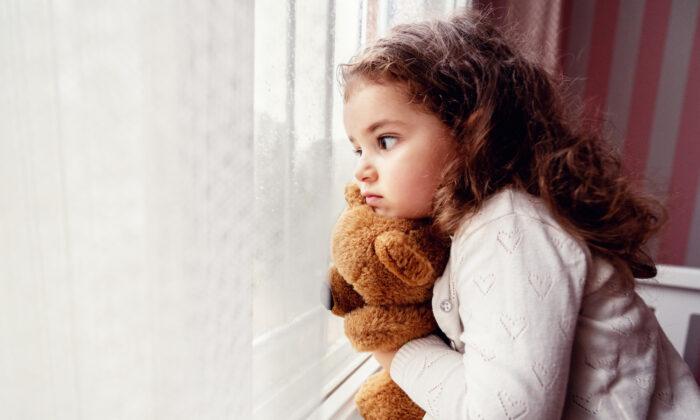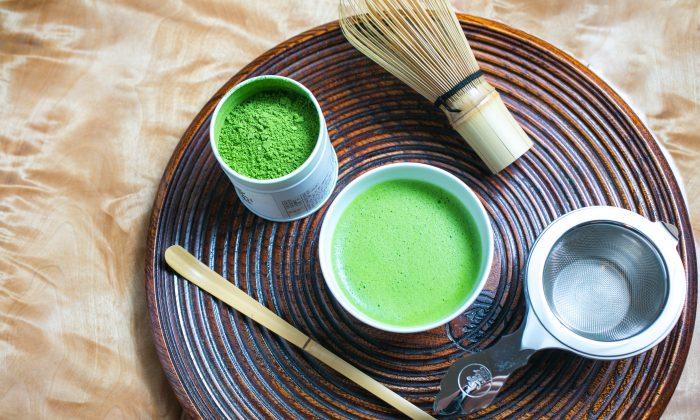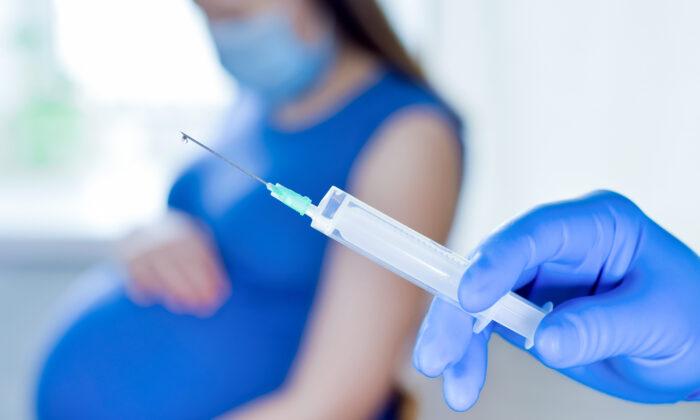There’s a significant connection between increased physical activity in children and decreased upper respiratory tract infections. In other words, the more active children are, the less likely they are to get sick.
The More Active, the Better
The researchers designed the study to examine two groups of children, all between the ages of 4 and 7 years old.One hundred and four children in total were enrolled in the study. Their average age was 5.3 years old.
The scientists separated the children into two different groups: a low physical activity group (made up of 47 children who took an average of 5,668 steps per day) and a higher physical activity group (47 children, who took an average of 9,368 steps per day).
Then they measured the number of days the children spent ill from upper respiratory illnesses.
They followed the children for a total of 60 days, relying on parent reports (basically a Polish version of the Wisconsin Upper Respiratory Symptom Survey for kids).
In order for their physical activity to be accurately measured, the children in the study wore fitness monitors that tracked their daily footsteps, intensity levels of physical activity, and how much they slept. They wore these devices 24 hours a day for 40 days.
The scientists found that the more physically active the children were (based on the number of steps they took on healthy days), the less likely they were to be sick with symptoms of upper respiratory infection.
More specifically, children who took 1,000 extra steps a day had a 4.1-day reduction in the number of days they suffered from colds.
In addition, children who spent three hours or more per week playing sports had fewer upper respiratory infections than children who didn’t regularly participate in sports.
This study was observational. First, the researchers set up parameters—these included higher versus lower physical activity, involvement in sports, and exposure to environmental toxins such as smoking and allergens. Then they defined the outcomes they were looking for, which was the number of days the children spent being sick. With this information in mind, they were able to detect a signal.
That is, they observed a definite correlation between increased physical activity and decreased number of days children spent being sick.
No Connection Between Smoke Exposure, Sleep, Respiratory Infections
Interestingly, the study didn’t find a connection between exposure to pet hair or secondhand smoke and an increased or decreased number of sick days.More Effective Immunity Improves Children’s Quality of Life
“In pediatric patients up to 5 years, morbidity and mortality due to RTIs [respiratory tract infections] continue to prevail in substantial numbers,” the researchers wrote in their discussion.“Moreover, 45 percent of preschool children who had experienced frequent colds suffered from infections later in school age,” the scientists wrote. “Recurrent respiratory infections, defined as eight or more infections per year, significantly spoil the QoL [quality of life] of preschool children and may lead to asthma in the future. We demonstrated that a higher number of steps per day in preschoolers resulted in more effective immunity, reflected in fewer days with symptoms.”
So, as the scientists discussed, lifestyle practices that help young children stay free from respiratory infections may improve their quality of life both immediately and in the future.
More specifically, according to this study, one very important lifestyle practice for young children is movement. In other words, more physical activity can improve children’s lives.
The more active a preschooler is, the healthier their childhood will be.
This study dovetails with hundreds of others that demonstrate that physical activity is important for both mental and physical well-being.
‘We Need a Revolution’
Dr. Collin Lynn is a family physician based in Redding, California. A father of two children, Lynn wasn’t involved in the Polish study but he did review it carefully.“Do we, as a medical community, actually ‘need’ this sort of data before it’s accepted?” Lynn said.
“Why do I need a scientific journal to tell me that I need to exercise in order to be healthy? Kind of feels like common sense to me.”
At the same time, Lynn pointed out, this study—along with literally hundreds more—calls into question many of the COVID-19 protocols that were quickly put into place by public health officials in the absence of both scientific data and common sense.
Recommendations to keep children at home made it much more difficult for them to exercise and much more likely that they would spend their days on screens, mostly playing video games.
Lynn said he hopes the scientific community and medical establishment will start to pay attention to the research.
“I do hope that this article is the beginning of a scientific revolution that will help us all, globally, become more physically active,” he said. “That’s how we’ll live in a healthier world.”






